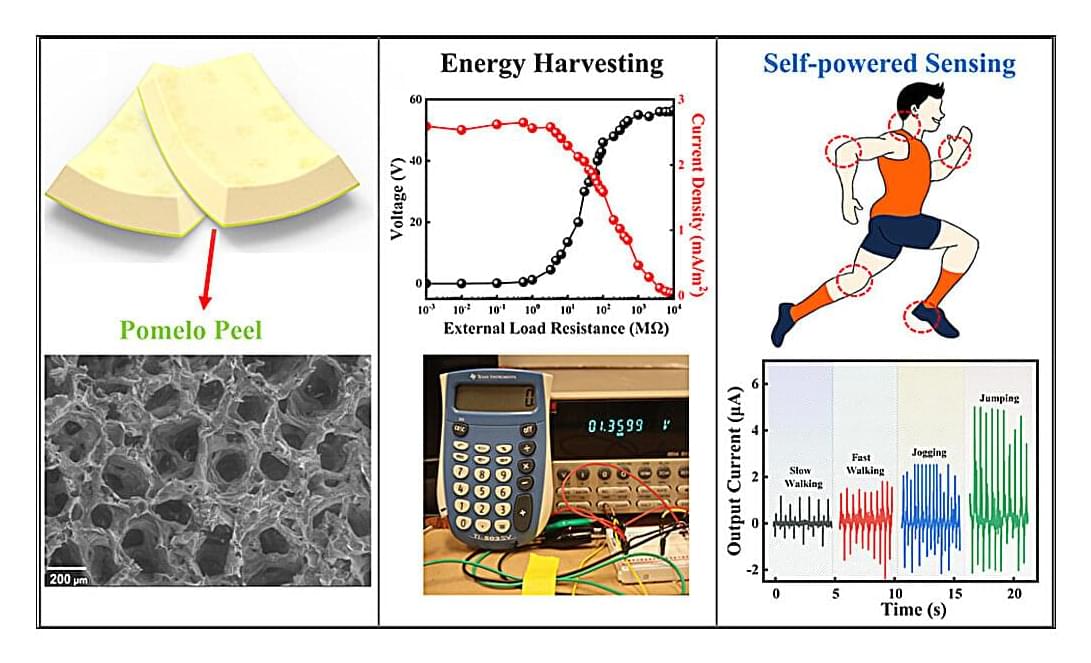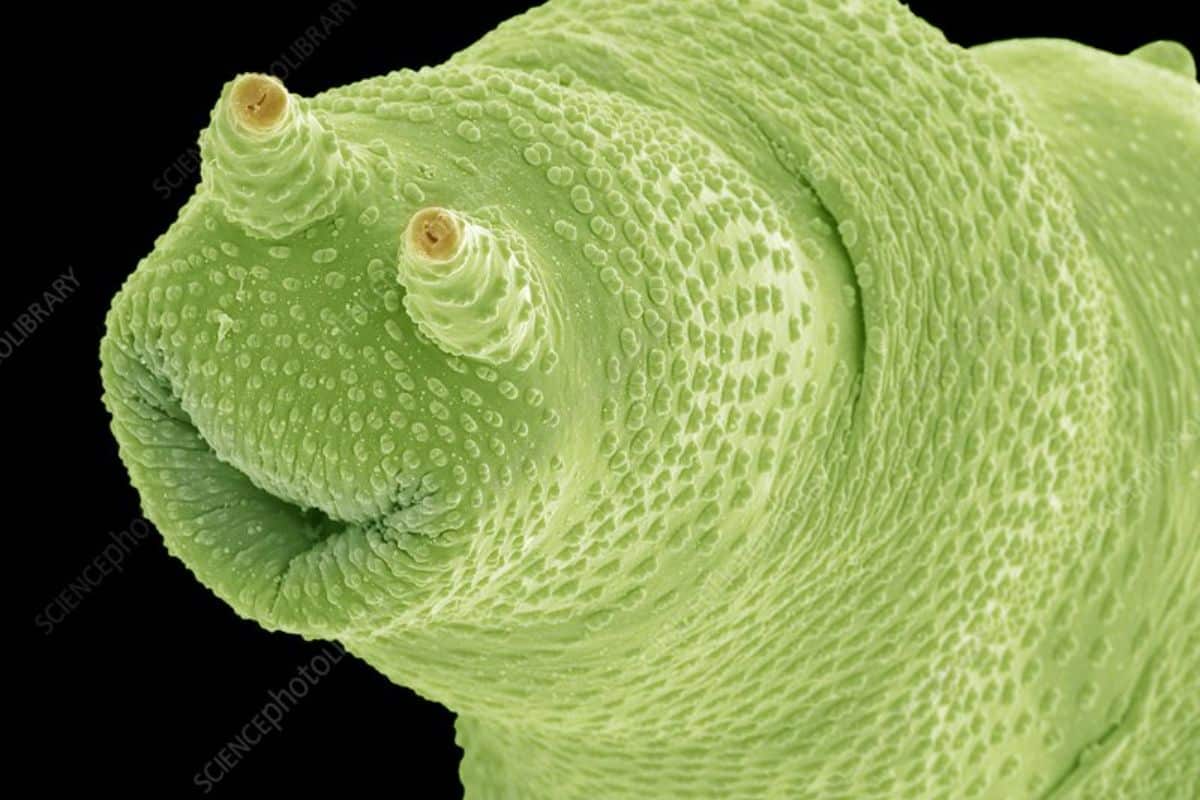Summary: Concerns over potential negative impacts of AI have dominated headlines, particularly regarding its threat to employment. However, a closer examination reveals AI’s immense potential to revolutionize equal and high quality access to necessities such as education and healthcare, particularly in regions with limited access to resources. From India’s agricultural advancements to Kenya’s educational support, AI initiatives are already transforming lives and addressing societal needs.
The latest technology panic is over artificial intelligence (AI). The media is focused on the negatives of AI, making many assumptions about how AI will doom us all. One concern is that AI tools will replace workers and cause mass unemployment. This is likely overblown—although some jobs will be lost to AI, if history is any guide, new jobs will be created. Furthermore, AI’s ability to replace skilled labor is also one of its greatest potential benefits.
Think of all the regions of the world where children lack access to education, where schoolteachers are scarce and opportunities for adult learning are scant.



